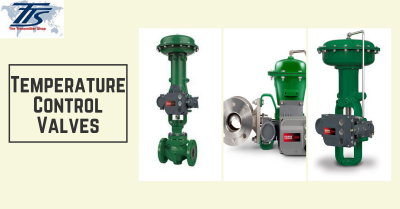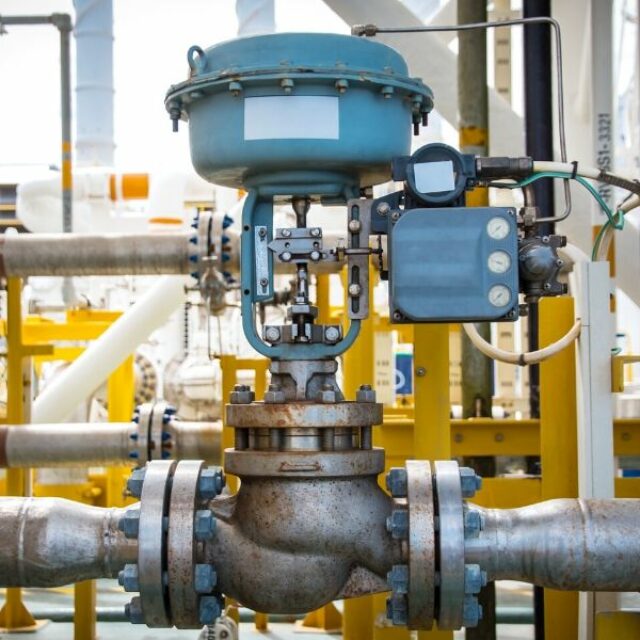Critical Factors to Consider When Picking Control Valves
Critical Factors to Consider When Picking Control Valves
Blog Article

Maximize Energy Financial Savings and Comfort With Advanced Structure Automation Controls
In the realm of contemporary style and center management, the assimilation of sophisticated building automation controls stands as an essential development. By taking advantage of the power of automation, structures can adjust, respond, and develop in means that were once unbelievable.
Power Performance Perks
Power effectiveness benefits can considerably reduce power intake and operational costs in buildings. By executing energy-efficient methods and technologies, structure owners and operators can achieve substantial financial savings while likewise contributing to environmental sustainability. Among the main benefits of boosting power efficiency in buildings is the decrease of energy expenses. Energy-efficient systems, such as advanced building automation controls, can optimize making use of sources like lighting, heating, and cooling, leading to lower energy costs with time.
Moreover, enhanced energy effectiveness can lengthen the life expectancy of building tools and systems. By operating more effectively, cooling and heating systems, lighting fixtures, and other building components experience much less deterioration, resulting in minimized upkeep and substitute expenses. In addition, energy-efficient buildings frequently regulate greater residential or commercial property values and rental prices, supplying long-lasting economic advantages to proprietors.
Furthermore, energy performance can improve occupant convenience and performance. Effectively regulated indoor atmospheres with optimal illumination and thermal conditions produce an even more enjoyable and favorable work area, leading to boosted worker complete satisfaction and performance. On the whole, the energy effectiveness benefits connected with innovative structure automation controls are complex, incorporating cost financial savings, ecological stewardship, and passenger health.
Enhanced Convenience Control
Enhancing convenience control in structure settings needs an advanced combination of advanced automation systems for optimum owner well-being. By utilizing advanced structure automation controls, facilities can customize the indoor setting to meet the details needs and preferences of owners. These systems allow exact guideline of temperature level, lighting, and ventilation, developing a comfy and effective atmosphere. Owner contentment and efficiency are very closely connected to thermal convenience, making it vital to have systems in area that can adjust to transforming problems in real-time.
By incorporating these advanced controls, structures can not just enhance comfort yet also improve power effectiveness by maximizing system operations based on real tenancy and use patterns. Ultimately, focusing on resident convenience with innovative automation systems leads to an extra pleasurable and healthier indoor setting.
Operational Effectiveness Improvements

Furthermore, the execution of real-time monitoring and analytics tools makes it possible for building drivers to recognize power inadequacies and operational anomalies promptly. By continuously checking energy usage patterns and system performance metrics, changes can be made in real-time to enhance power intake and make sure peak functional efficiency. control valves. Furthermore, integrating demand feedback methods into building automation controls can further improve functional efficiency by dynamically readjusting energy usage based on grid problems and rates signals
Indoor Environment Optimization
Efficient indoor environment optimization is a basic aspect of structure automation controls, guaranteeing owners' comfort and well-being while making the most of energy cost savings. By using innovative sensors and controls, building automation systems can constantly adjust additional info and keep an eye on temperature level, humidity levels, air high quality, and air flow to produce an optimum interior environment. Maintaining regular and comfy conditions not just boosts passenger fulfillment however additionally improves productivity and overall health.
Interior climate optimization likewise plays a vital function in power effectiveness. By fine-tuning ventilation, cooling, and home heating systems based on real-time data and occupancy patterns, building automation controls can considerably minimize energy consumption - control valves. Executing techniques such as demand-controlled air flow and thermal zoning can assist reduce power waste while ensuring that each area of the building receives the necessary conditioning.

Sustainable Atmosphere Creation
Building automation regulates not just maximize indoor environment conditions for energy effectiveness and passenger convenience but also lay the foundation for developing a sustainable atmosphere through critical administration of systems and sources. By incorporating sophisticated structure automation innovations, such as sensors, actuators, and smart software, facilities can change and keep track of energy use in real-time to reduce waste and decrease their carbon impact. These systems allow anticipating upkeep, recognizing possible problems before they intensify and maximizing tools efficiency to improve durability and effectiveness.
Moreover, lasting atmosphere development expands past power administration to include water preservation, waste decrease, and interior air top quality renovation. Building automation controls can regulate water usage, find leakages, and make certain proper waste disposal practices, adding to general sustainability initiatives. Furthermore, by keeping an eye on and controlling air flow and filtration systems, these innovations enhance occupant wellness and performance while reducing energy intake related to HVAC procedures.
Conclusion
Finally, advanced structure automation regulates offer substantial advantages in terms of energy financial savings, convenience control, functional efficiency, interior environment optimization, and producing a lasting atmosphere. By implementing these controls, structures can achieve optimal performance while reducing energy usage and improving owner convenience. It is evident that using advanced automation modern technology is crucial in enhancing structure performance and developing a more lasting future.
Energy effectiveness advantages can substantially reduce energy intake and operational costs in structures. In general, the energy efficiency advantages connected with advanced structure automation controls are complex, incorporating price savings, ecological stewardship, and passenger health.
In addition, integrating demand action strategies right into structure automation controls can additionally boost functional efficiency by dynamically adjusting power usage based on grid problems and prices signals.
Structure automation manages not just maximize interior environment conditions for energy effectiveness Get More Information and passenger convenience however likewise lay the structure for developing a lasting atmosphere through critical monitoring of sources and systems.In verdict, advanced structure automation controls offer substantial advantages in terms of energy cost savings, convenience control, functional efficiency, indoor climate optimization, and creating a lasting environment.
Report this page